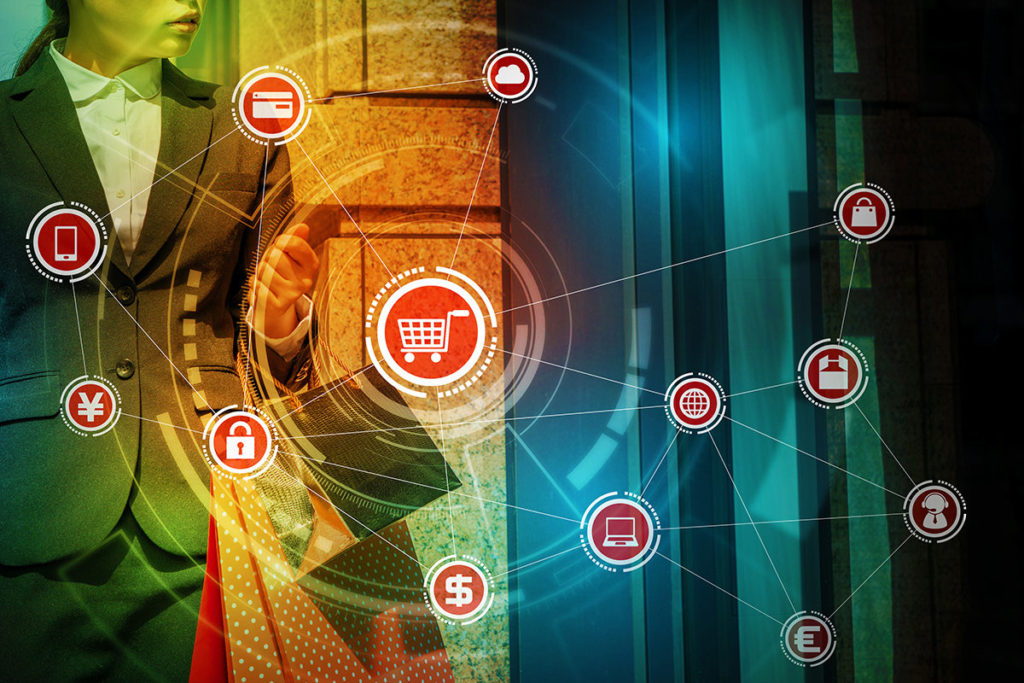How AI is transforming retail
Apr 17, 2020

The Digital CIO
By: Zeus Kerravala, CIO
Before the coronavirus hit, consumer expectations were already changing and creating challenges in the retail industry. And CIOs, who historically had little to do with developing new customer experiences, were increasingly being tasked with driving innovation. To deliver Amazon-like here-and-now products and services and build brand loyalty, they are turning to artificial intelligence (AI) to improve the shopping experience for consumers both in stores and online.
Of course, AI alone won’t transform retail but there are several key technologies that when married with AI can bring innovation to that industry. One is video analytics, which turns regular stores into intelligent stores that have visibility into consumer behavior for optimized merchandising. Retailers can leverage video for store analytics to enable things like heat maps that show where consumers are spending the most time in the store. That’s the kind of knowledge many retailers currently don’t have today.
Intelligent stores require an assortment of applications for various use cases. Using video analytic software, retailers can build a distributed infrastructure for deploying multiple apps on the same server at each store. Video analytics can also be deployed for asset protection at self-checkout kiosks and to monitor employee theft. For an average retailer, shrinkage, or the loss of inventory, accounts for approximately 1.5 to 2 percent of revenue — a cost that can be reduced and added back into the bottom line with the help of AI.
So, what does this look like in an actual store? Take a large retailer that has implemented an AI-powered asset protection solution at self-checkout kiosks, which can identify miss-scans and ticket switching. When someone tries to scan a bottle of wine with a bag of chips underneath, the app can recognize the product shape, lock the scanner, and notify store associates.
Such solutions have been implemented by multiple retailers and have had a significant impact on reducing shrinkage, Azita Martin, NVIDIA’s AI general manager for industrial and retail verticals, explained during the vendor’s 2020 GPU Technology Conference (GTC), which moved online due to the coronavirus outbreak.
Here’s a look at how some leading retailers are putting AI to work.
Carrefour goes autonomous
Autonomous shopping is synonymous with intelligent stores, similar to what Amazon does already with its “Go” stores. It allows consumers to use a retailer’s mobile app inside a store to pay for merchandise on their device, bypassing the checkout process. French supermarket chain Carrefour is using AiFi’s Autonomous Store platform at some of its locations, where consumers can use a mobile loyalty app for grab-and-go items and have their credit card charged automatically.
Walmart improves forecasting
Walmart is using an AI-powered demand forecasting platform, developed in partnership with Nvidia, to create algorithms that help the multinational retailer re-stock its shelves quickly with the right products. Walmart can now run forecasting in 12-hour windows versus weekly, as it has done in the past. In addition to improving forecast accuracy, the retailer saw an increase in sales after deploying the platform, which utilizes RAPIDS open source libraries for graphics processing unit (GPU)-accelerated analytics.
Robotics plus AI improves warehouse operations
For other retailers, AI is facilitating warehouse logistics with robotics. These smart warehouses automate the entire process — from unloading items inside trucks to using shelf-climbing robots and adaptive speed conveyors. For instance, the technology division of the British online grocery retailer Ocado relies on warehouse automation robotics and AI to make logistics more efficient.
Ocado is using computer vision cameras and robotics to pack groceries. The solution scans barcodes, identifies products, and detects if a product is damaged, preventing it from being packed. The solution not only ensures that orders are fulfilled correctly, it also expedites the picking and packing process. Having successfully deployed the solution at its stores, Ocado has sold it to other retailers like Kroger.
Stitch Fix mines photos with image recognition
Finally, AI is enabling customized recommendations, visual search, and augmented reality (AR)/visual reality (VR) in ecommerce. Stitch Fix is a popular online retailer and personal stylist that provides tailored clothing recommendations to consumers. With more than 150 million active users, Stitch Fix used to be overwhelmed by Pinterest photos from consumers trying to communicate their personal style. Stylists didn’t have the tools to search through massive amounts of data to locate inventory across multiple warehouses around the country.
Stitch Fix deployed a deep learning image recognition platform that uses data analytics insights to match Pinterest style boards that consumers share with stylists. Now Stitch Fix can serve up style recommendations and match them to a consumer’s preferences.
These are just a few examples. More retailers are discovering the value of AI and will continue to streamline logistics and store operations, improve how consumers shop, and prevent the loss of inventory due to shrinkage.
It has never been more important for CIOs to embrace AI and make it part of their digital transformation mandates. Those that don’t will quickly fall behind and risk becoming irrelevant.
Original Article: https://www.cio.com/article/3536829/how-ai-is-transforming-retail.html#tk.rss_digitaltransformation
Stay In Touch.
Subscribe to our newsletter and exclusive Leadership content.
